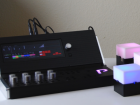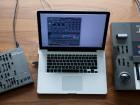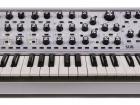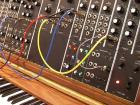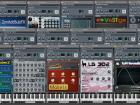7 Synths that are Challenging to Master

Post date:
Anyone can coax some form of music out of a vintage synthesizer, but making it sound good is a different matter entirely. While there are plenty of suggestions for newcomers in regards to what synths would be a good investment, there are also a few that require extra effort to really master. Buying one of these synths if you are new to the hobby may just cause frustration as they are not exactly the most intuitive or user-friendly products on the market. There are undoubtedly a few experts out there that can produce wonders with these synths, but unless you are prepared for a steep learning curve, it might be better to start with different synths than these.
Kurzweil K2600XS
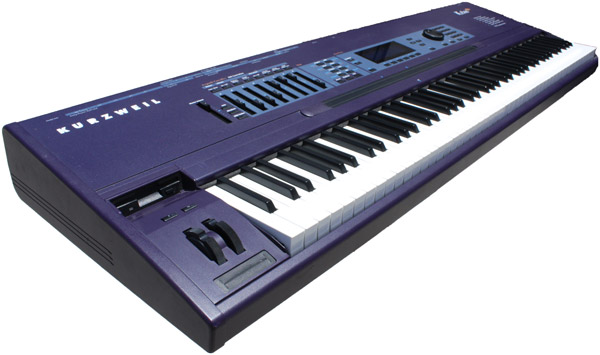
Like many of the synths on this list, there is no doubt that the Kurzweil K2600SX is a great synth. However, anyone who plans on mastering it should be prepared to put in some serious work if they want to understand all of its intricacies. The fact that it comes with a manual with more than 1000 pages should be indication enough that you won’t be able to just master it in an afternoon. As tricky as it is to fully master the variable architecture synthesis technology of the K2600XS, there are many musicians who feel that it is worth the effort.
Kawai K500S
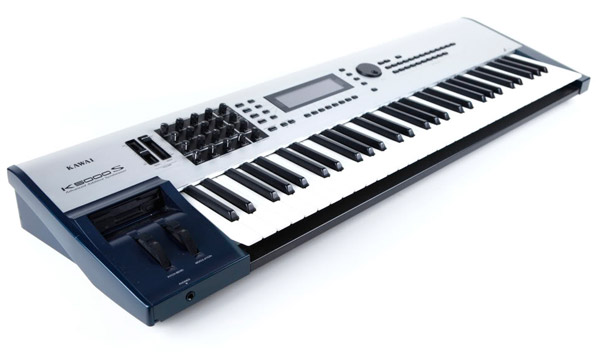
The Kawai K500s was released as a serious competitor to the Kurzweil K2500 and Korg Trinity, so it is definitely not lacking in terms of quality and features. The K5000S model featured an additional 12 dedicated knobs compared to the original and these can be used to adjust filter, LFO and envelope parameters. When it comes to programming sounds, you have more than 1,000 parameters per patch to work with, which has scared away many novices.
Alesis Andromeda A6
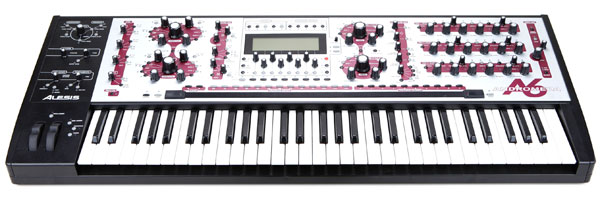
The Alesis Andromeda A6 was released in 2000, which makes it one of the more recent vintage synths, but it has a pure analogue signal path that makes it appealing to many musicians. It also packs a lot of features, but to get the most out of it you are going to have to experiment a lot. It does come with a manual that is the size of a novel, but even after reading everything you might still be left with a lot of questions. If you do fall in love with it and stick with it you’ll find vast programming possibilities, but overall it might just be a little too deep for the average user.
Yamaha FS1R

One of the synthesizers that are mentioned the most frequently in discussions of difficulty and complexity is undoubtedly the Yamaha FS1R. It was discontinued just a year after it was released and the complex user interface, which consists of a tiny LCD screen and an unfathomable amount of menus, probably played a large role in this. However, the fact that this synth is actually capable of producing some truly great sounds has won over a lot of people as well. These days it is possible to use PC or Mac software editors for the FS1R, which is a great deal better than editing from the front panel, but still not a walk in the park.
Rhodes Chroma
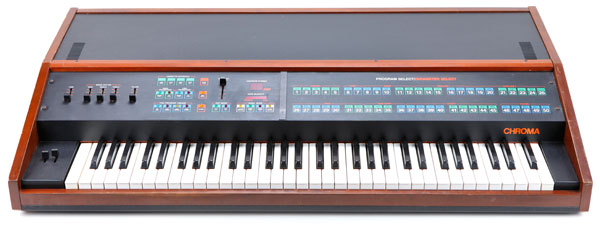
The rarity of the Rhodes Chroma probably means that it is probably unlikely to end up in the hands of synth fans who doesn’t know exactly what it is and how hard it can be to work with. While the synthesis design of the Chroma was very powerful for its time, it is also very complicated. This is mostly down to the very counter intuitive way it has to be programmed. Not only are the parameters controlled using a single data entry slider, but you also have to look up the parameter numbers in the manual if you want to know what they mean. For most people this is just way too much effort, but others who have put in the effort considers it to be a classic.
Korg Prophecy
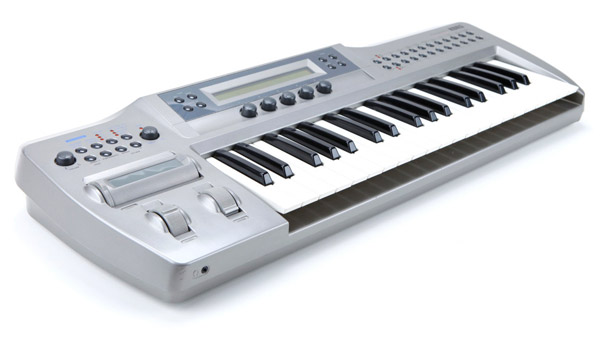
The Korg Prophecy is a deceptively “simple” looking synthesizer, but anyone who has tried to delve a little deeper will know what a complex beast it can be. It’s compact size has made it an enticing synth for people with limited space, but many also end up intimidated by its depth and complexity. The interface is also not the most intuitive on the market and creating your own sounds requites quite a bit of commitment, especially to work with the menus.
Yamaha DX7
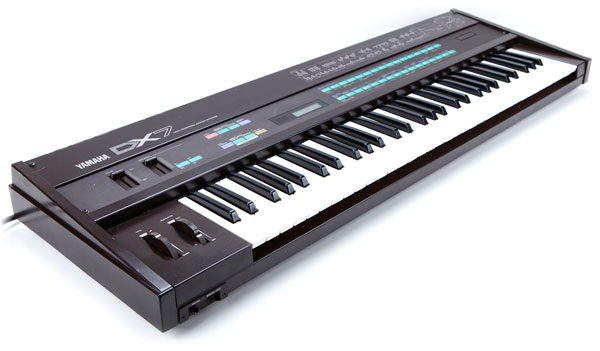
There is no denying that the Yamaha DX7 is great to play on, but programming this digital synth has caused quite a few people headaches. Not only does it make use of frequency modulation, but you have to use membrane buttons and a data slider while squinting at a tiny LCD screen to program it. While pushing buttons instead of turning knobs is something you can get used to, the FM synthesis is a bit harder to wrap your head around if you are used to analog subtractive.

